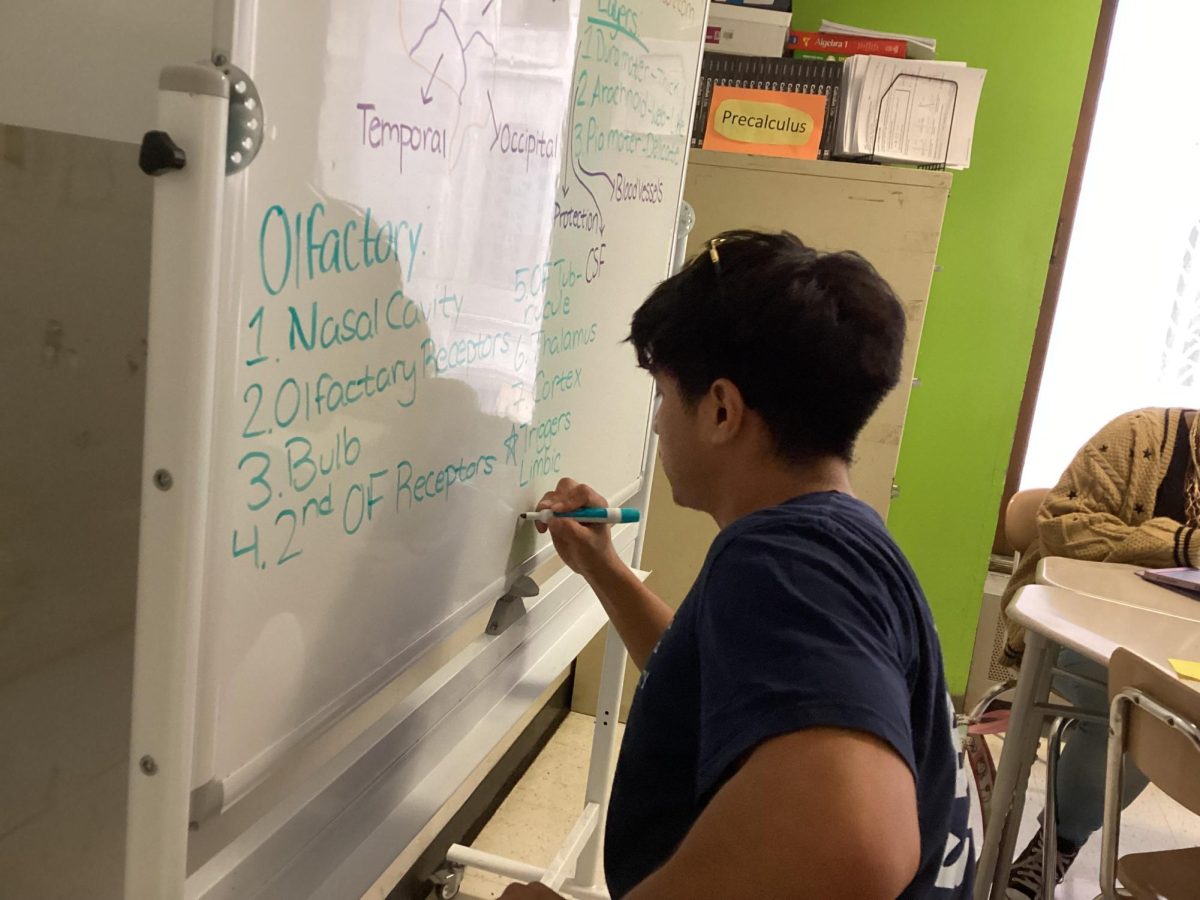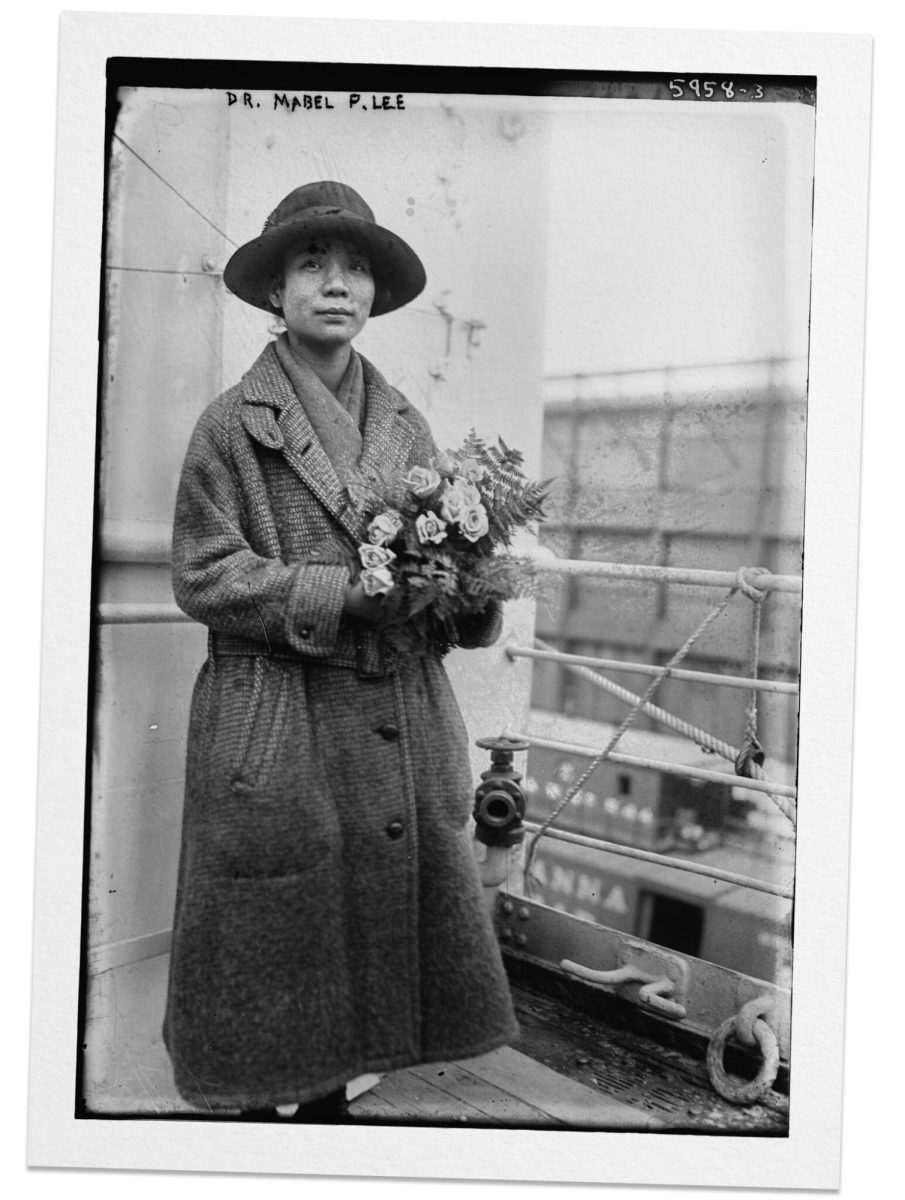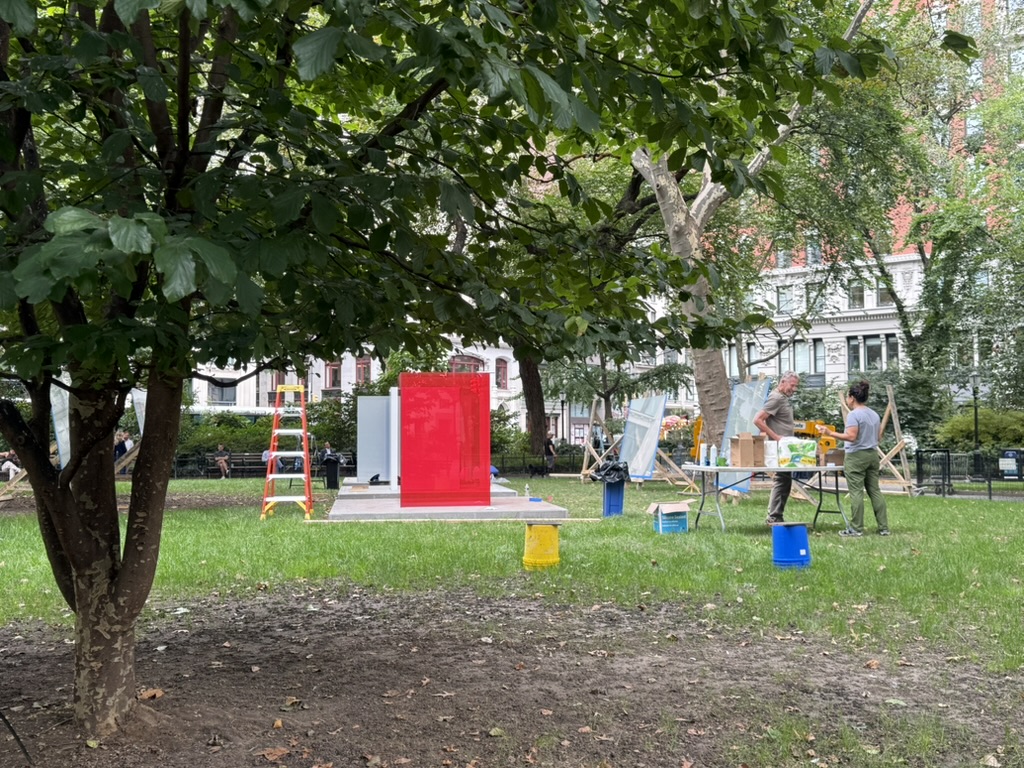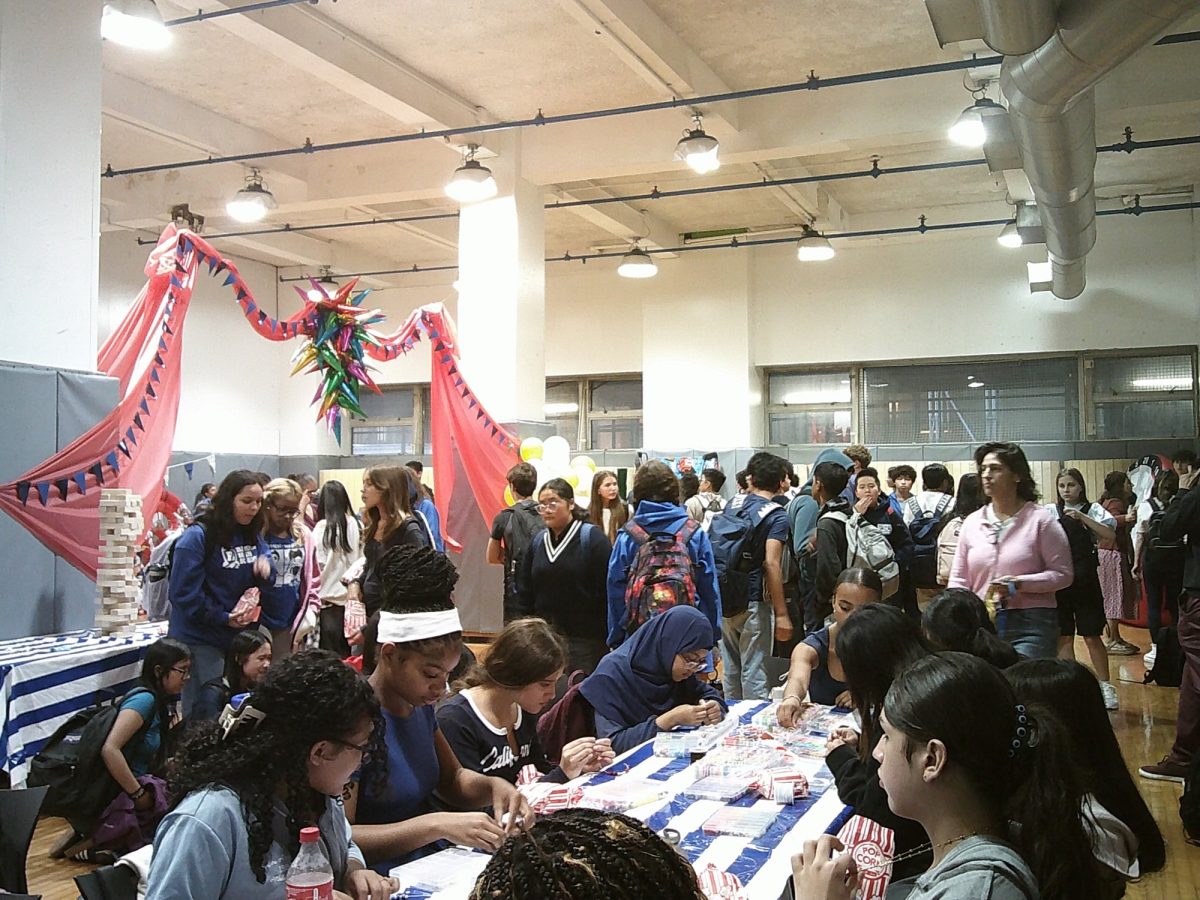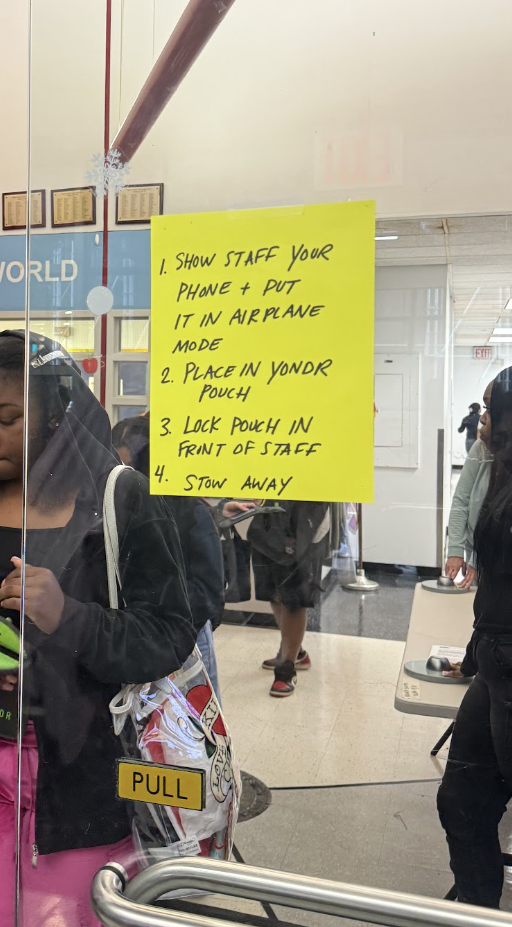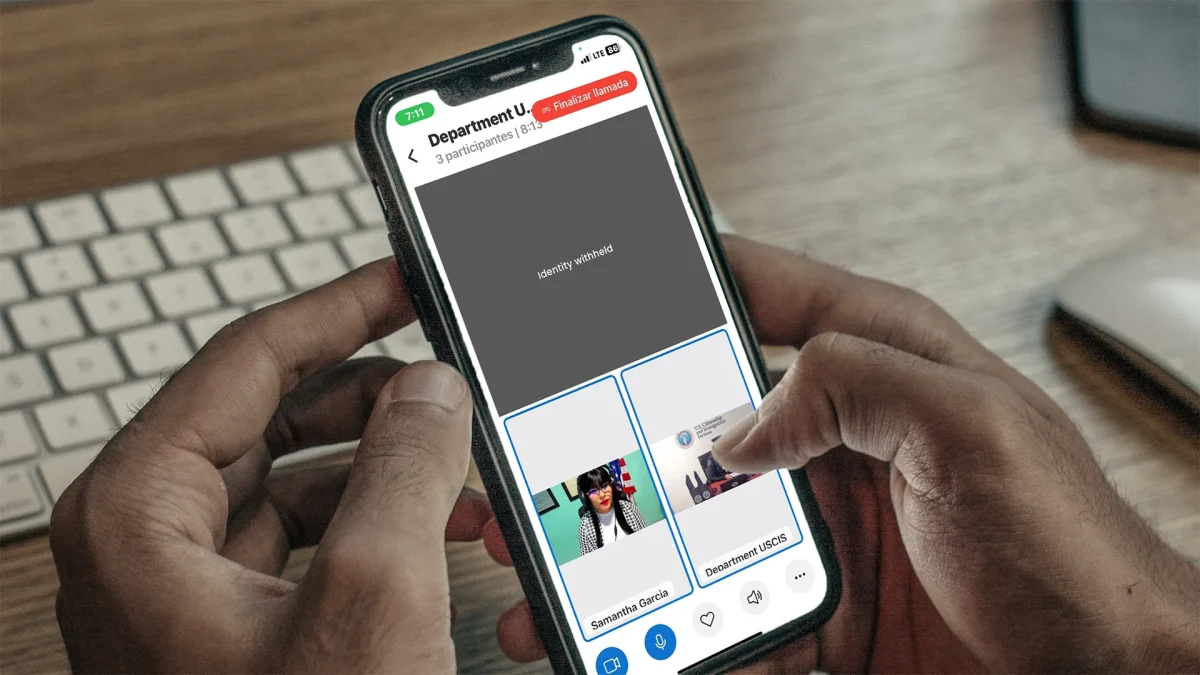As New York City heads into another mayoral election, candidates are turning to social media not just to raise awareness but to define their image and differentiate their campaigns. From bold visuals, messages to creative videos, each person brings their own voice. Candidates Zohran Mamdani, Curtis Sliwa and Andrew Cuomo are three public figures in this race all with different strategies to reach their audience. Here is an analysis of each of their media campaigns.
Zohran Mamdani
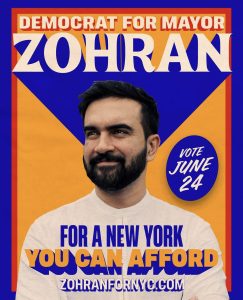
New York State Assembly Member and democratic socialist, Zohran Mamdani was raised in New York City and born in Uganda. He previously worked as a prevention counselor, organizing to win national elections and even spent some time as a rapper. His campaign promises free and fast buses, rent freezes and no-cost childcare. To promote his ideas, he effectively uses Instagram as a political tool and creative platform.
His content is fast, trendy and informative. A recent example shows him in a crowd with a megaphone, displaying his presence in society and effort to talk to the community. His Instagram page is filled with reels where he interacts with places around New York and displays a charismatic persona. He keeps a smile the whole time while clearly stating how he intends to fix the issues in NYC.
Instead of recording videos in more professional environments, he visits a local deli and the MTA, talking in a way that clearly keeps the audience interested, often cooperating with jokes and a TikTok-style editing.
His posts frequently feature edits, striking bright blue colors, or street interviews that break down complex issues like transit or costs in seconds. He also shows his love for the city—visiting Times Square and showing his support for the New York Knicks through street interviews.
It’s clear Mamdani speaks directly to younger, digitally fluent New Yorkers. His content strategy is most likely to organize politically engaged youth through humor and urgency. While his tone is playful, his messaging remains intensive. He goes far beyond just his own district, building a campaign that feels modern, relatable and community-driven.
Curtis Sliwa
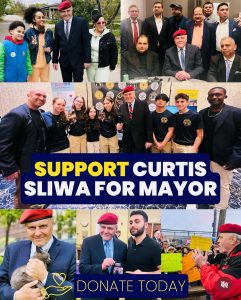
Curtis Sliwa is one of New York City’s republican candidates. Back in 1979, when crime in the city was surging, Sliwa founded the Guardian Angels — a group of volunteers in red berets who patrolled trains and streets to help prevent crime. According to their website, “The Guardian Angels are dedicated to fostering safer, stronger, and more compassionate communities through volunteer driven initiatives. We serve those in need by organizing homeless feedings, mentoring youth through positive leadership programs, offering self-defense courses, and conducting unarmed community patrols to ensure the safety of seniors and vulnerable individuals.”
Sliwa built a reputation as an activist who wasn’t afraid to get involved. His Instagram today reflects that same energy he’s been known for since the beginning.
Sliwa undoubtedly sticks to a traditional approach; his feed is filled with photos at community events— parades, patrolling neighborhoods or speaking on crime in subways. A recent post shows clips of the troubles of New York, while displaying videos of the other candidates and why they have been failing our city. He then goes on to show his work since he was younger, truly building on his credibility.
Sliwa’s Instagram does well with a wide range of voters, but I’d say typically older voters, conservatives, and longtime residents who value consistency. He rarely uses trends, instead leaning more on reputation and familiarity. While it may not appeal to the younger population, it reflects an approach that has kept his name in circulation for decades.
Andrew Cuomo
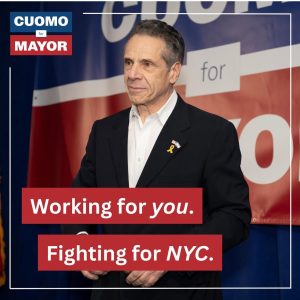
Andrew Cuomo has been a New York political figure for many years who served as governor from 2011 to 2021. He comes from a well-known political family; his father Mario Cuomo, was also governor and for years Andrew Cuomo was seen as a strong, experienced leader.
His political career took a big hit in 2021, when he stepped down after facing several allegations of sexual harassment and criticism for how he handled the pandemic. Since then, he’s mostly stayed out of the spotlight but has been showing up again—leading some people to think he might be planning a comeback. Now, he’s focusing on the idea of “real leadership,” trying to earn back the trust of voters who used to see him as someone steady during tough times.
Cuomo’s feed lacks the interactive, casual feel that performs well on platforms like Instagram. He does not use reels, behind-the-scenes moments or live Q&A, like Mamdani and rarely addresses current online conversations. His audience likely consists of moderate Democrats and older voters familiar with his time as governor, but the lack of innovation in his approach might hold him back, especially with younger voters who are used to more digital, fast-moving content.
Cuomo’s Instagram reflects his more traditional political style. The posts are clean, professional and carefully worded — mostly polished photos of events, press statements and formal portraits. There’s very little use of humor or personal stories, which makes the account come across more as a record of past events than an active campaign tool. While this approach might appeal to older or more moderate voters who value experience or seriousness, it doesn’t do much to connect with younger audiences who expect more energy, or behind-the-scenes moments from candidates online.


